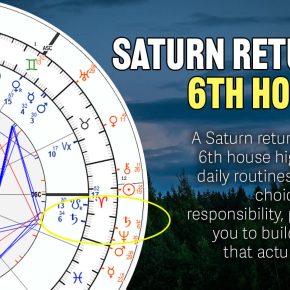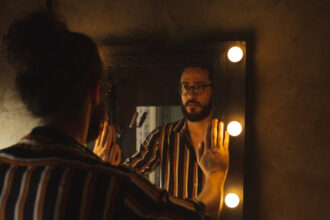Kundalini yoga has a reputation unlike any other yoga style. People call it a “spiritual technology,” something that goes way beyond stretching or fitness. It’s a practice that works directly with your nervous system, subconscious, and spiritual energy. Done well, it can open doors to deep transformation.
But here’s the part not everyone tells you at the beginning: Kundalini yoga can also shake you up. It can be destabilizing, overwhelming, and yes, sometimes dangerous if you’re not ready or if you push too far.
That doesn’t mean you should fear it. It just means you should respect it. Like fire, it can warm you, or it can burn you.
First, What Exactly Is Kundalini Yoga?
At its heart, Kundalini yoga is about awakening the “Kundalini” energy believed to rest at the base of the spine. Through breathwork (pranayama), chanting mantras, repetitive movements (kriyas), meditation, and energetic locks (bandhas), the practice stirs that energy and guides it upward through the chakras.
The goal? Expanded awareness, inner healing, spiritual awakening.
It can feel mystical, because it is. But that’s also why it isn’t something to approach casually, like a workout class you just drop into for a sweat.
Why People Say Kundalini Yoga Is Dangerous
Awakening Too Much, Too Fast
Kundalini can be dangerous because it forces your energy open too quickly. When this energy rises, it doesn’t always feel peaceful or blissful. For some, it can trigger shaking, involuntary movements, dizziness, heart palpitations, or overwhelming emotional waves.
You might feel euphoric one moment and terrified the next. Old wounds, traumas, or repressed memories can rush to the surface all at once. If your nervous system isn’t ready, it can feel like your entire inner world is coming apart.
Nervous System Overload
The kriyas and breathwork are designed to challenge your system, but if you’re already running on stress, burnout, or anxiety, they can overload you instead of regulating you. People with PTSD or fragile mental health sometimes find Kundalini practices worsen their symptoms.
That’s why experienced teachers constantly stress balance, rest, and grounding. Awakening energy is one thing; being able to integrate it is another.
Emotional and Psychological Risks
Kundalini energy doesn’t just move your body. It stirs your subconscious. It can pull up grief you’ve buried, shame you never processed, or anger you’ve been suppressing. For some, that’s healing. For others, without tools or support, it can feel like reliving trauma all over again.
It’s like opening a floodgate when all you wanted was a gentle stream.
Teachers and Lineage Issues
Not all teachers are equal. Some have years of training and trauma-informed awareness. Others get quick certifications and throw people into intense practices without considering readiness.
On top of that, Kundalini yoga’s modern history is complicated. Yogi Bhajan, the man who brought it to the West, has been accused of abuse and misuse of power. This doesn’t invalidate the practice itself, but it does mean you should approach with discernment. Ask questions about lineage, about how trauma is handled, and about what safety looks like in the space.
Should You Stay Away?
Not necessarily. Kundalini yoga isn’t “bad.” It’s simply potent.
For many, it’s been the gateway to healing addictions, finding their purpose, reconnecting with their intuition, or even experiencing moments of bliss and unity with life. But the same practice that brings liberation to one person can cause collapse for another.
If you feel called, here’s how to start:
- Start small. Don’t dive into an advanced kriya set your first week.
- Find a skilled, trauma-informed teacher. Group classes can be powerful, but individual guidance is even better.
- Listen to your body. Feeling challenged is okay. Feeling like you’re losing control is not.
- Ground after practice. Eat, walk, touch the earth, take a bath, bring yourself back into your body.
- Don’t rush. Awakening isn’t a race. Your path is yours alone.
Why “Danger” Isn’t Always Negative
Danger doesn’t always equal harm. Childbirth is dangerous. Falling in love is dangerous. Deep healing can be dangerous. Anything that opens us up, that asks us to shed layers and step into something bigger, carries risk.
Kundalini yoga is like that. It asks you to meet yourself at depths most people never touch. That’s not comfortable. It’s not meant to be.
Handled with respect, though, it can be one of the most transformative practices you’ll ever explore.
Sacred Fire, Handle With Care
Kundalini yoga can crack you open, burn away illusions, and set you on a whole new path. But it can also destabilize you if you dive in unprepared.
So don’t approach it casually. Approach it like sacred fire. Respect it, prepare yourself, and know that intensity doesn’t always mean progress. Integration matters more than speed.
If you’re called to it, trust that call, but walk with care. Because this energy isn’t theoretical. It’s alive, it’s real, and when it awakens, it wants to take you somewhere extraordinary.












